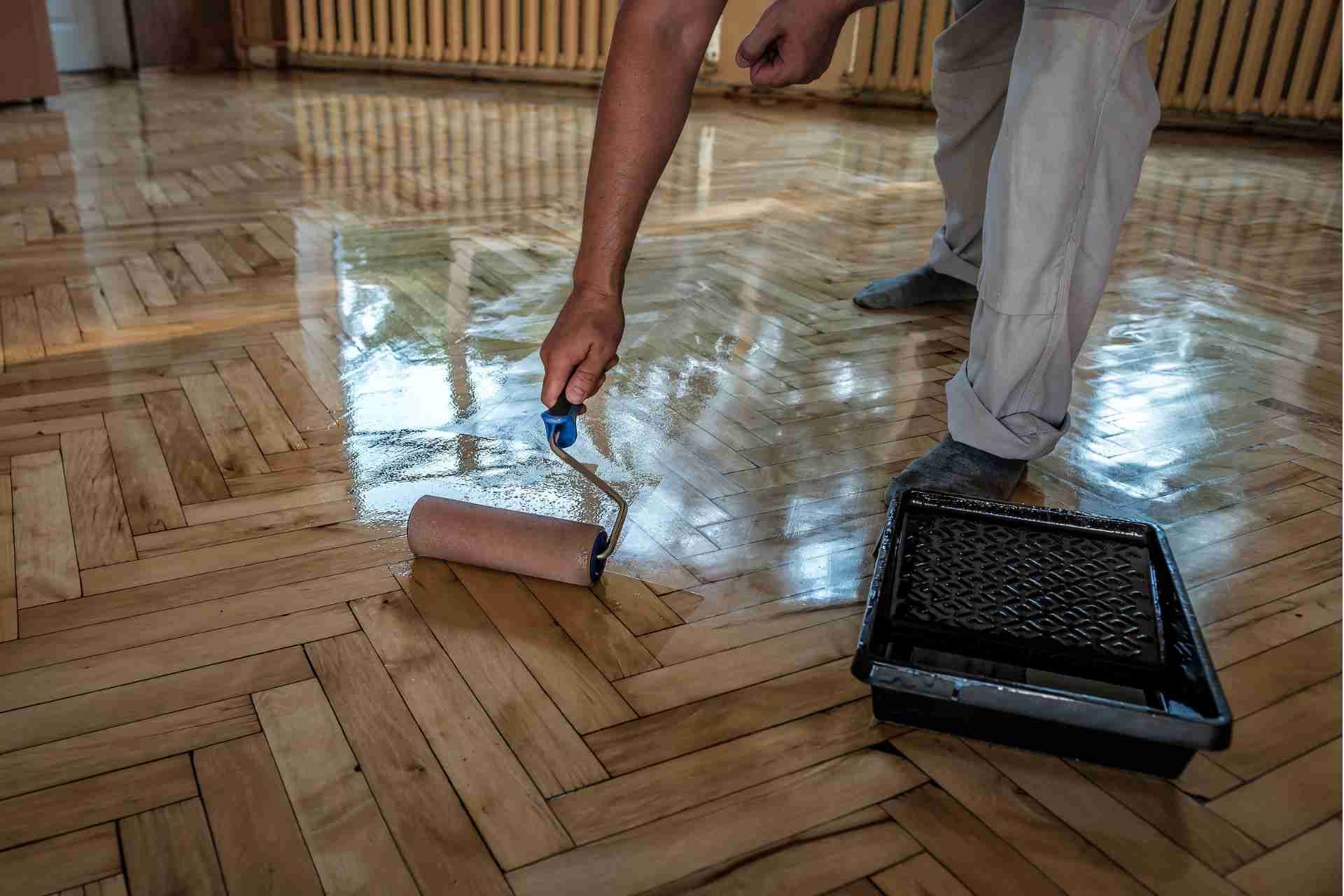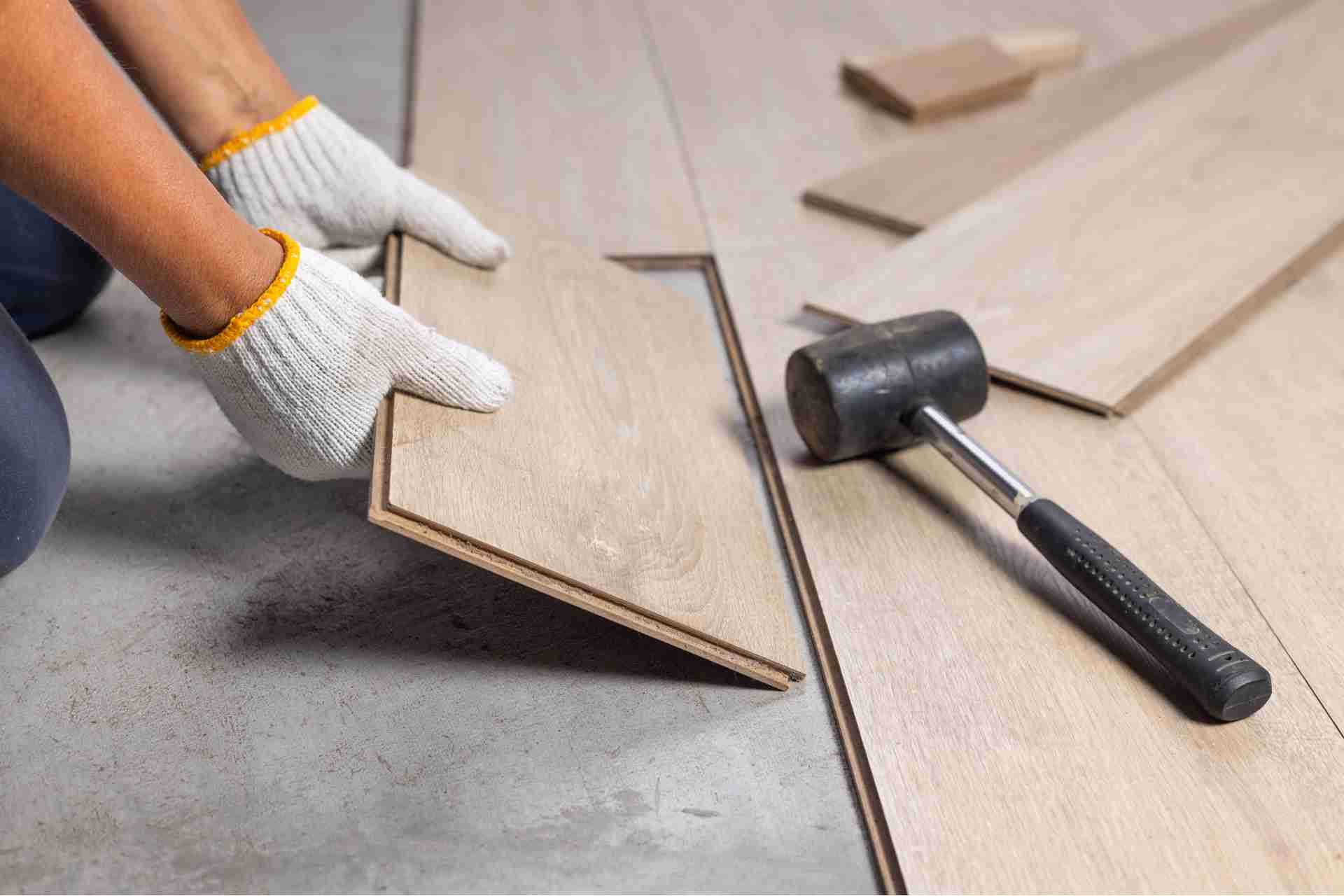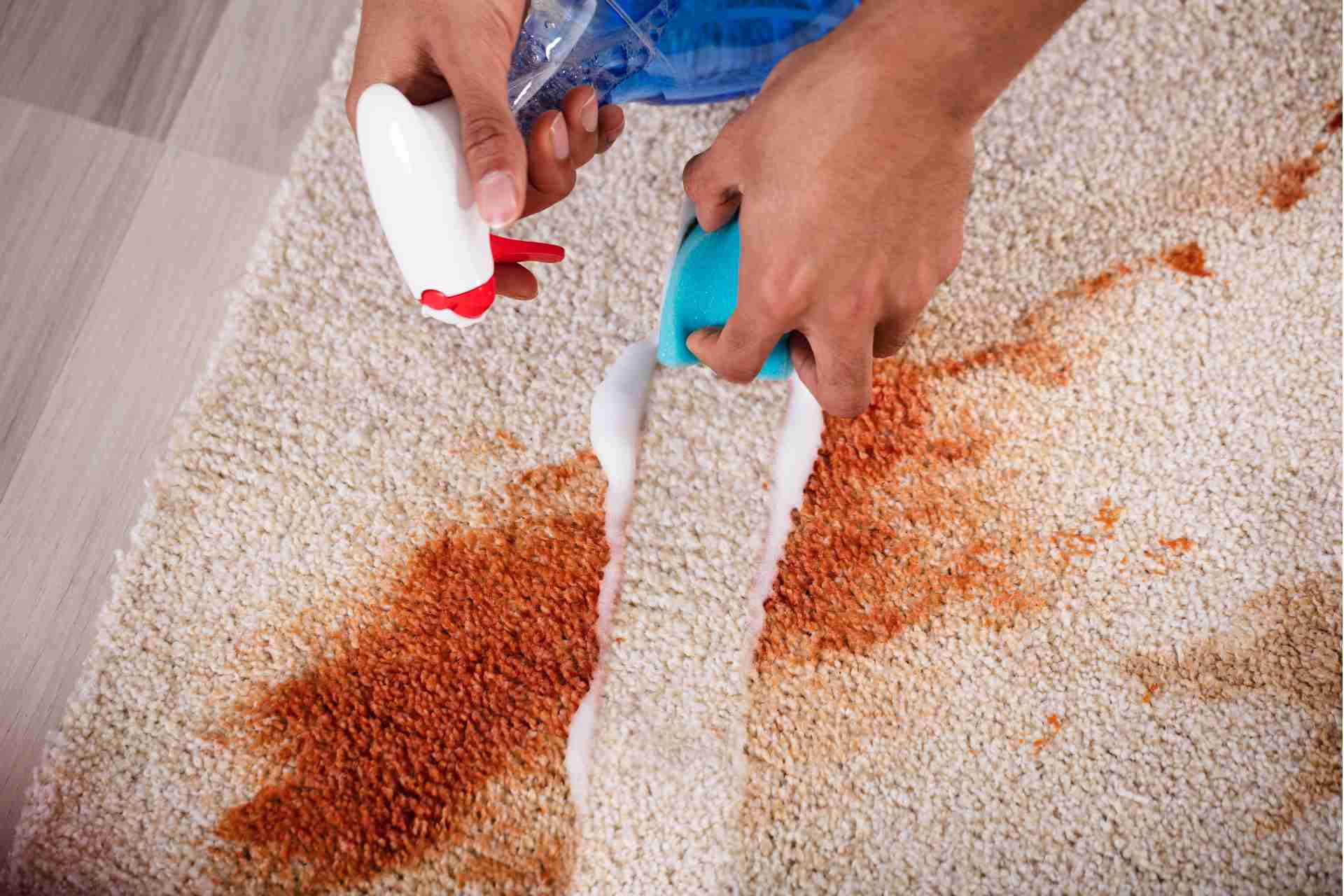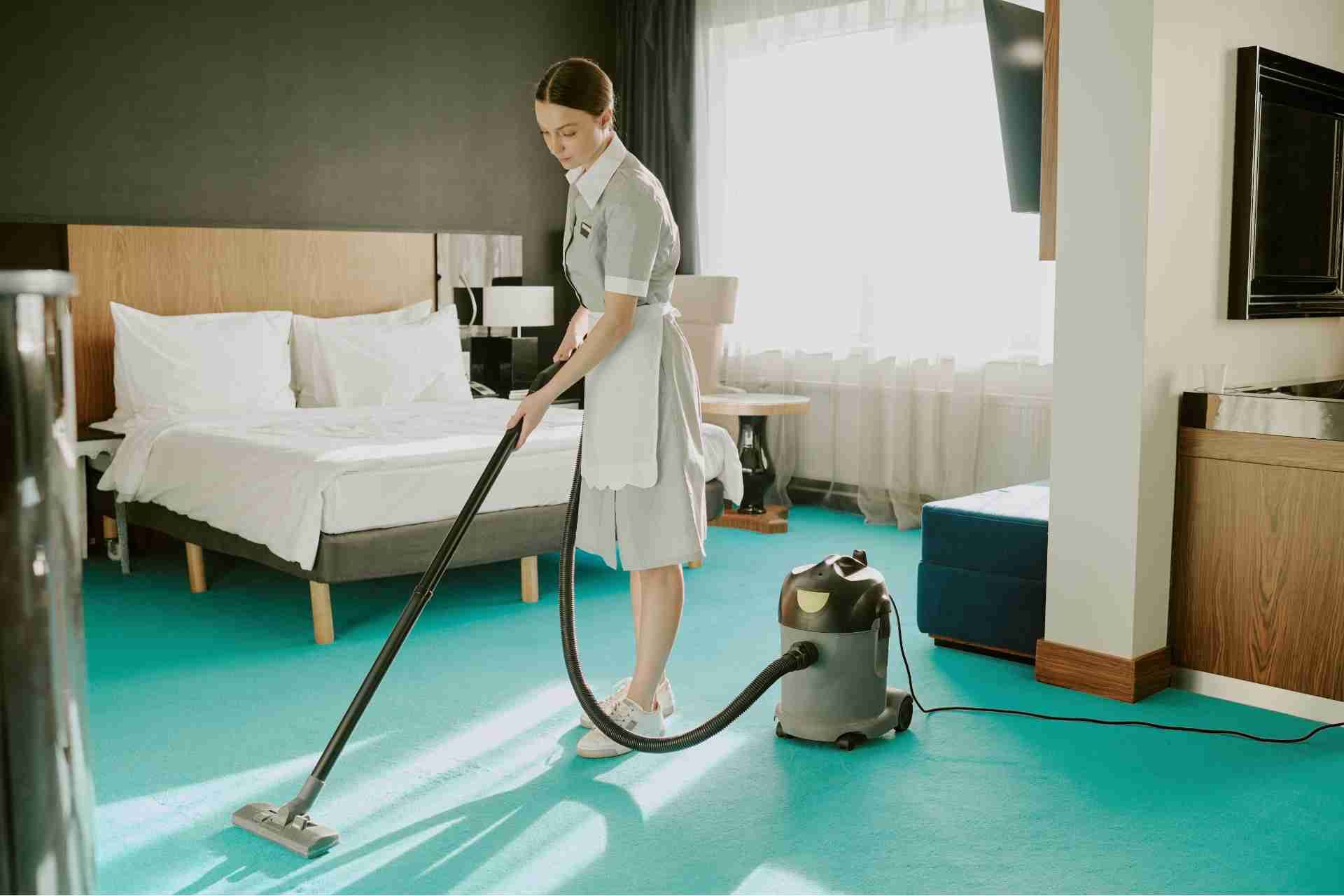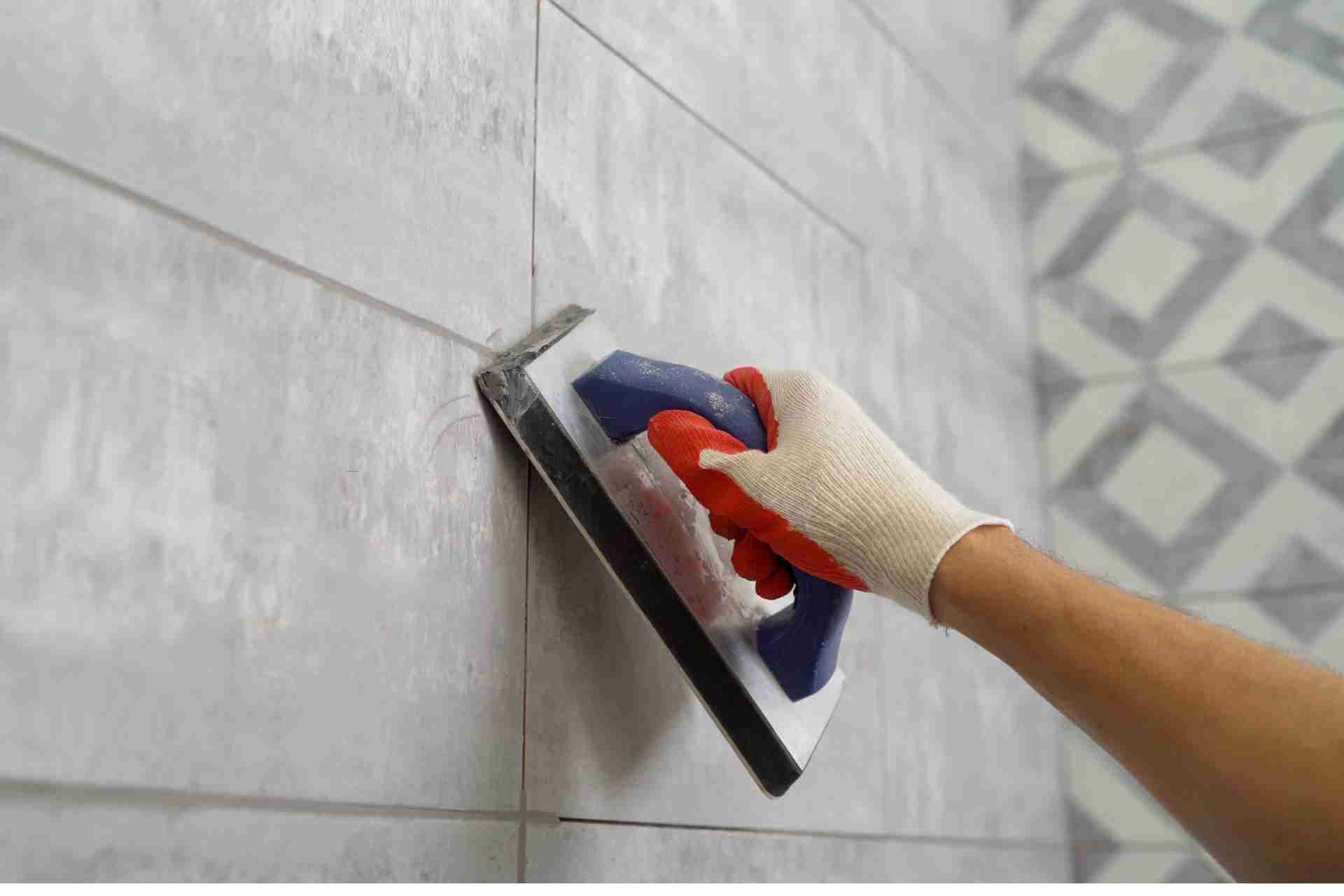The Best Flooring Options for Allergy Sufferers

If you're struggling with allergies, choosing the right flooring can make a significant difference in your home's air quality. Hard surface options like tile, vinyl, and hardwood are often recommended for their ability to resist allergens. These materials not only enhance the aesthetic of your space but also offer practical benefits. Curious about how each type stacks up against allergens and which might be best for your needs? Let's explore the options further.
Understanding Allergies and Indoor Air Quality
When it comes to creating a healthy home environment, understanding allergies and indoor air quality is essential. You probably know that allergens like dust mites, pet dander, and pollen thrive in your living space.
Poor indoor air quality can exacerbate these issues, making it vital to keep your home clean and well-ventilated. Regularly changing air filters and using air purifiers can help reduce airborne particles, while minimizing clutter can prevent dust buildup.
It's also important to consider how your flooring choices impact air quality. Some materials trap allergens, while others can be easier to clean.
Hard Surface Flooring Options
Choosing the right hard surface flooring can significantly impact your indoor air quality, especially if you suffer from allergies. Hard surface options like hardwood, laminate, and vinyl are excellent choices for minimizing allergens. Unlike carpet, these materials don't trap dust, pet dander, and pollen, making it easier to maintain a clean environment.
Hardwood offers a classic, warm aesthetic, while laminate provides a cost-effective alternative that mimics wood. Vinyl is waterproof and comes in various styles, ensuring you can find something that fits your decor.
When selecting hard surface flooring, consider finishes and sealants that are low in volatile organic compounds (VOCs) to further improve air quality.
With the right choice, you can create a healthier home for yourself and your family.
Benefits of Tile Flooring
Tile flooring stands out as another excellent option for allergy sufferers, offering numerous benefits that contribute to a healthier living environment.
One of the key advantages is its non-porous surface, which doesn't trap dust, allergens, or pet dander like carpets can. This means you'll spend less time worrying about what's hiding in your floors.
Cleaning is a breeze too; a simple sweep and mop will keep your tile looking fresh and allergen-free. Additionally, tile doesn't emit volatile organic compounds (VOCs), which can aggravate allergies.
Its cool surface can even help regulate indoor temperatures, making your home more comfortable.
The Advantages of Vinyl Flooring
Vinyl flooring offers a practical and stylish solution for allergy sufferers, making it a top choice for many homeowners.
It's hypoallergenic, which means it won't trap dust, pollen, or pet dander, helping you maintain a cleaner environment. Plus, its smooth surface makes it easy to clean—just a simple sweep and mop can keep allergens at bay.
Vinyl is also water-resistant, preventing mold and mildew growth, which is crucial for allergy management.
You'll appreciate the wide variety of designs and textures available, allowing you to achieve the look you want without compromising on health.
With its durability and low maintenance, vinyl flooring provides a cost-effective option that enhances both your home's aesthetic and your well-being.
Hardwood Flooring: A Classic Choice
When considering flooring options, hardwood flooring stands out as a timeless and elegant choice that can complement any home decor. Its natural materials give your space warmth and character, making it inviting.
Unlike carpets, hardwood doesn't trap dust, allergens, or pet dander, helping you maintain cleaner air and reduce allergy symptoms.
You'll also appreciate how easy it's to clean; a simple sweep or mop keeps it looking great. Plus, hardwood is durable and can last for decades with proper care, making it a long-term investment for your home.
If you're looking for a flooring option that combines beauty with allergy-friendly benefits, hardwood is definitely worth considering. It's a classic choice that never goes out of style.
Laminate Flooring: Affordable and Allergy-Friendly
If you're looking for an affordable flooring option that doesn't compromise on style or allergy-friendly features, laminate flooring might be the perfect solution.
Laminate is designed to mimic the look of hardwood or stone without the high price tag. Its smooth surface makes it easy to clean, reducing dust and allergens in your home.
Unlike carpets, which trap dust, pet dander, and pollen, laminate allows for efficient sweeping and mopping. Plus, many laminate products come with a protective coating that resists moisture and stains, adding to their durability.
You can enjoy a stylish appearance while keeping your indoor environment healthier.
Area Rugs vs. Wall-to-Wall Carpeting
While both area rugs and wall-to-wall carpeting can enhance your home's aesthetic, they offer different advantages for allergy sufferers.
Area rugs are easier to clean and can be washed or replaced as needed, allowing you to maintain a healthier environment. You can also choose materials like wool or synthetic fibers designed to minimize allergens.
On the other hand, wall-to-wall carpeting can trap dust and allergens deep within its fibers, making it harder to clean thoroughly.
However, if you prefer this option, consider low-pile carpets and hypoallergenic treatments.
Ultimately, your choice depends on your lifestyle and how much effort you're willing to invest in maintaining a clean, allergy-friendly space.
Tips for Maintaining Allergy-Friendly Flooring
To keep your flooring allergy-friendly, regular cleaning is essential. Start by vacuuming at least once a week, using a vacuum with a HEPA filter to trap allergens effectively.
For hard surfaces, sweep daily to remove dust and debris, then mop with a gentle, allergen-free cleaner. If you have area rugs, shake them out outdoors before vacuuming to minimize dust release.
Don't forget about your pets—bathing and grooming them regularly can reduce dander.
Consider using doormats at entryways to limit dirt and allergens brought in from outside.
Lastly, maintain humidity levels in your home; keeping it between 30-50% can help prevent mold growth, making your flooring even more allergy-friendly.
Conclusion
In conclusion, choosing the right flooring can make a big difference for allergy sufferers. Hard surface options like tile, vinyl, hardwood, and laminate are not only stylish but also help improve indoor air quality by reducing allergens. By opting for these materials and maintaining them regularly, you can create a healthier home environment. Remember, a little effort in cleaning goes a long way in keeping your space allergy-friendly and comfortable for everyone.
